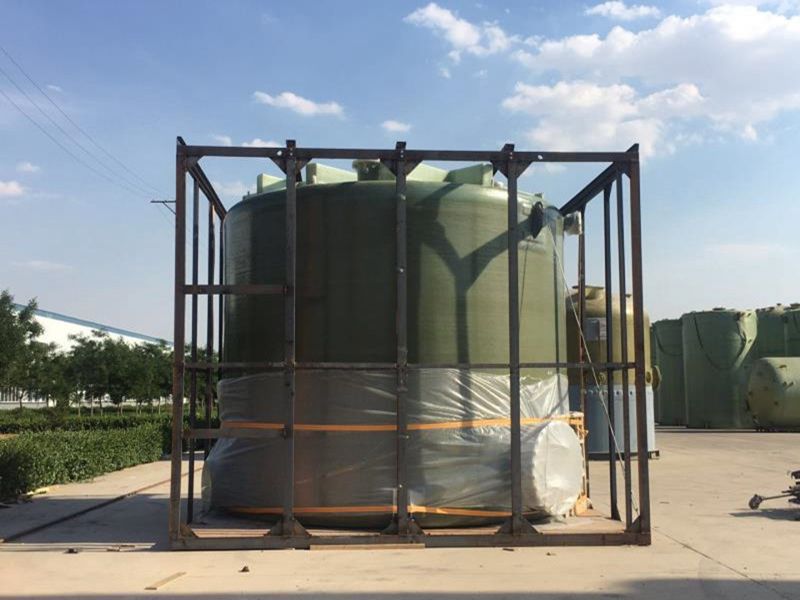
-
 Afrikaans
Afrikaans -
 Albanian
Albanian -
 Amharic
Amharic -
 Arabic
Arabic -
 Armenian
Armenian -
 Azerbaijani
Azerbaijani -
 Basque
Basque -
 Belarusian
Belarusian -
 Bengali
Bengali -
 Bosnian
Bosnian -
 Bulgarian
Bulgarian -
 Catalan
Catalan -
 Cebuano
Cebuano -
 China
China -
 China (Taiwan)
China (Taiwan) -
 Corsican
Corsican -
 Croatian
Croatian -
 Czech
Czech -
 Danish
Danish -
 Dutch
Dutch -
 English
English -
 Esperanto
Esperanto -
 Estonian
Estonian -
 Finnish
Finnish -
 French
French -
 Frisian
Frisian -
 Galician
Galician -
 Georgian
Georgian -
 German
German -
 Greek
Greek -
 Gujarati
Gujarati -
 Haitian Creole
Haitian Creole -
 hausa
hausa -
 hawaiian
hawaiian -
 Hebrew
Hebrew -
 Hindi
Hindi -
 Miao
Miao -
 Hungarian
Hungarian -
 Icelandic
Icelandic -
 igbo
igbo -
 Indonesian
Indonesian -
 irish
irish -
 Italian
Italian -
 Japanese
Japanese -
 Javanese
Javanese -
 Kannada
Kannada -
 kazakh
kazakh -
 Khmer
Khmer -
 Rwandese
Rwandese -
 Korean
Korean -
 Kurdish
Kurdish -
 Kyrgyz
Kyrgyz -
 Lao
Lao -
 Latin
Latin -
 Latvian
Latvian -
 Lithuanian
Lithuanian -
 Luxembourgish
Luxembourgish -
 Macedonian
Macedonian -
 Malgashi
Malgashi -
 Malay
Malay -
 Malayalam
Malayalam -
 Maltese
Maltese -
 Maori
Maori -
 Marathi
Marathi -
 Mongolian
Mongolian -
 Myanmar
Myanmar -
 Nepali
Nepali -
 Norwegian
Norwegian -
 Norwegian
Norwegian -
 Occitan
Occitan -
 Pashto
Pashto -
 Persian
Persian -
 Polish
Polish -
 Portuguese
Portuguese -
 Punjabi
Punjabi -
 Romanian
Romanian -
 Russian
Russian -
 Samoan
Samoan -
 Scottish Gaelic
Scottish Gaelic -
 Serbian
Serbian -
 Sesotho
Sesotho -
 Shona
Shona -
 Sindhi
Sindhi -
 Sinhala
Sinhala -
 Slovak
Slovak -
 Slovenian
Slovenian -
 Somali
Somali -
 Spanish
Spanish -
 Sundanese
Sundanese -
 Swahili
Swahili -
 Swedish
Swedish -
 Tagalog
Tagalog -
 Tajik
Tajik -
 Tamil
Tamil -
 Tatar
Tatar -
 Telugu
Telugu -
 Thai
Thai -
 Turkish
Turkish -
 Turkmen
Turkmen -
 Ukrainian
Ukrainian -
 Urdu
Urdu -
 Uighur
Uighur -
 Uzbek
Uzbek -
 Vietnamese
Vietnamese -
 Welsh
Welsh -
 Bantu
Bantu -
 Yiddish
Yiddish -
 Yoruba
Yoruba -
 Zulu
Zulu
cpvc and frp pipes combine durability and resistance.
Combining Durability and Resistance The Benefits of CPVC and FRP Pipes
In the world of modern engineering and construction, selecting the right pipe material is crucial for ensuring the longevity and efficiency of systems. Two materials that stand out in terms of durability and resistance are Chlorinated Polyvinyl Chloride (CPVC) and Fiber Reinforced Plastic (FRP) pipes. Both have gained significant popularity in various industries for their unique properties, making them reliable choices for a wide range of applications.
Combining Durability and Resistance The Benefits of CPVC and FRP Pipes
On the other hand, FRP pipes are made from a composite material that consists of a polymer matrix reinforced with fibers, usually glass or carbon. This combination gives FRP pipes unique properties, including high strength-to-weight ratios and exceptional resistance to chemical attacks. Unlike metal pipes, which can rust and corrode over time, FRP pipes maintain their structural integrity even in harsh environments, such as chemical processing plants and waste management facilities. Furthermore, their lightweight nature makes them easier to transport and install, leading to reduced labor costs and overall project timelines.
cpvc and frp pipes combine durability and resistance.

The combination of CPVC and FRP can produce an innovative piping solution that maximizes the strengths of both materials. In applications where both temperature and chemical resistance are necessary, a composite system using CPVC for hot water lines and FRP for chemical transport can be particularly beneficial. This hybrid approach can lead to increased efficiency and reduced maintenance costs over the life cycle of the pipes.
Moreover, the durability of CPVC and FRP pipes contributes to their long lifespan. Both materials are designed to withstand the wear and tear typical in demanding environments, which minimizes the frequency of replacements. This longevity not only helps in reducing material waste and environmental impact but also provides significant cost savings over time. When businesses consider the total cost of ownership, the initial investment in CPVC and FRP piping often pays off in reduced maintenance and operational downtime.
Another advantage of using CPVC and FRP pipes is their versatility. They can be employed in various applications across different sectors, including construction, agriculture, chemical processing, and municipal water supply systems. Given the increasing demands for safety, compliance, and sustainability in industrial practices, these pipe materials provide an ideal solution that meets modern regulatory standards and user requirements.
In conclusion, the combination of CPVC and FRP pipes represents a significant advancement in piping technology. Their exceptional durability and resistance to a range of environmental factors make them suitable for diverse applications. By leveraging the strengths of both materials, industries can achieve more efficient, reliable, and sustainable piping systems that meet the challenges of modern infrastructure. As we continue to seek innovative solutions in construction and engineering, CPVC and FRP pipes will undoubtedly play a pivotal role in shaping a more resilient future.
Latest news
-
Exploring the Benefits of Top Hammer Drifter Rods for Enhanced Drilling PerformanceNewsJun.10,2025
-
High-Precision Fiberglass Winding Machine for GRP/FRP Pipe Production – Reliable & Efficient SolutionsNewsJun.10,2025
-
FRP Pipes & Fittings for Shipbuilding - Corrosion-Resistant & LightweightNewsJun.09,2025
-
Premium FRP Flooring Solutions Durable & Slip-ResistantNewsJun.09,2025
-
Premium Fiberglass Rectangular Tanks Durable & Lightweight SolutionNewsJun.09,2025
-
Tapered Drill String Design Guide Durable Performance & UsesNewsJun.09,2025









